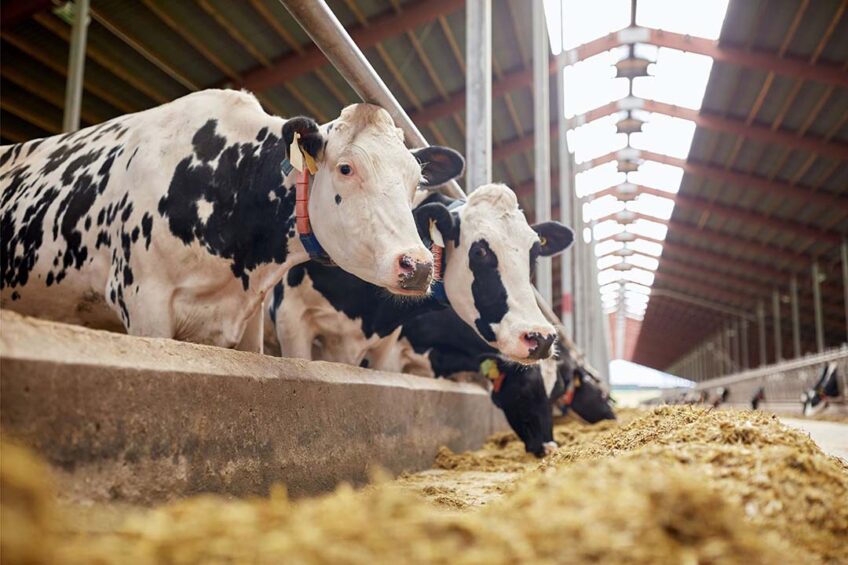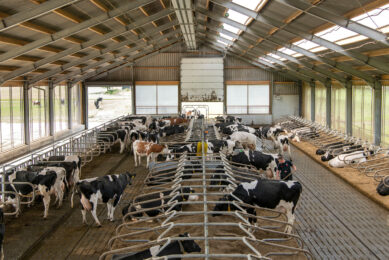Growing resistance to antimicrobials in dairy cows in the US

Research has shown a significant increase in resistance to certain antimicrobials among cattle samples taken over the past 15 years in northeastern US states. A study of more than 5,100 Salmonella bacteria isolated over 15 years from dairy cattle samples showed an increase in resistance to ampicillin, florfenicol and ceftiofur.
Analysing data from bovine samples submitted to Cornell University’s Animal Health Diagnostic Centre between 2007 and 2021, the researchers also found that 2 serotypes, called Dublin and Montevideo, significantly increased over time. Dublin is a serotype that tends to be resistant to multiple antimicrobials.
Kevin Cummings, professor in the Department of Public and Ecosystem Health and one of the lead authors of the paper, said: “Salmonella Dublin has really emerged in New York over the past decade, and it is almost always multidrug resistant. A key take-home message is that the trend in antimicrobial resistance is driven by the sharp rise in Salmonella Dublin over time.”
Human illness
There are more than 2,600 serotypes of Salmonella with 10 responsible for most illnesses in humans. Salmonella Dublin is an important serotype to track as it typically leads to more severe illness in humans. It is also host-adapted to cattle, and it can cause severe outbreaks with high mortality. “Once a cow is infected, they can be long-term carriers and shed the bacteria for life. When people get infected, we can assume the infection originated from cattle.”
Cummings said it would be advantageous if “we could diagnose it more effectively and determine the factors that promote introduction into dairy herds and subsequent transmission within and among farms.”
In the US, antimicrobial-resistant pathogens lead to more than 2.8 million infections and 35,000 deaths in humans each year. Last November, the US Department of Agriculture (USDA) published a strategy for addressing antimicrobial resistance (AMR), saying it hoped the document would serve as a guide for identifying priority areas in the food and agriculture sector that will accelerate its understanding of the risk posed by drug-resistant pathogens.
Reducing transmission, improving knowledge and communication
Based in part on feedback from a public meeting held by the USDA in August 2022, the strategy lays out 3 areas of focus and 10 priorities for collaborative action by the USDA and its public and private partners. The 3 areas of focus are reducing disease and pathogen transmission, improving the scientific knowledge base on AMR risk, and improving communication and collaboration within USDA and with national, regional, and global partners to address AMR risk.
The 10 priorities within those 3 areas of focus include improving animal and crop health, promoting biosecurity and food safety, improving understanding of the drivers of antimicrobial use in food-producing animals, and improving knowledge dissemination.
The paper can be found here: Serotype and anti-microbial resistance trends among bovine Salmonella isolates from samples submitted to a veterinary diagnostic laboratory in central New York, 2007-2021 – PubMed (nih.gov)
Join 13,000+ subscribers
Subscribe to our newsletter to stay updated about all the need-to-know content in the dairy sector, two times a week.










